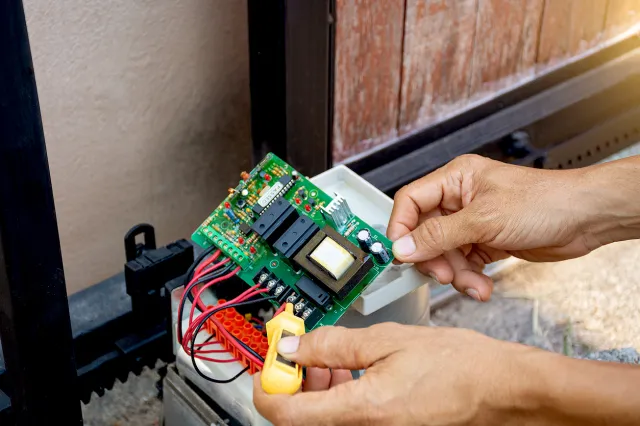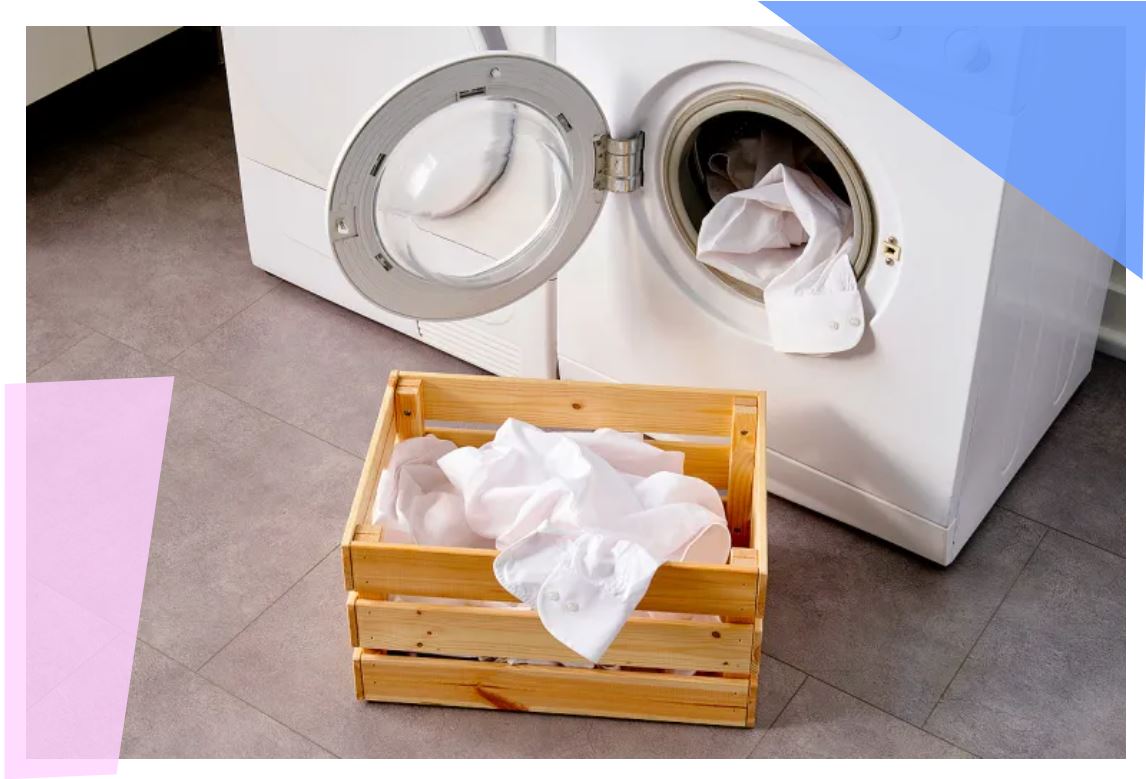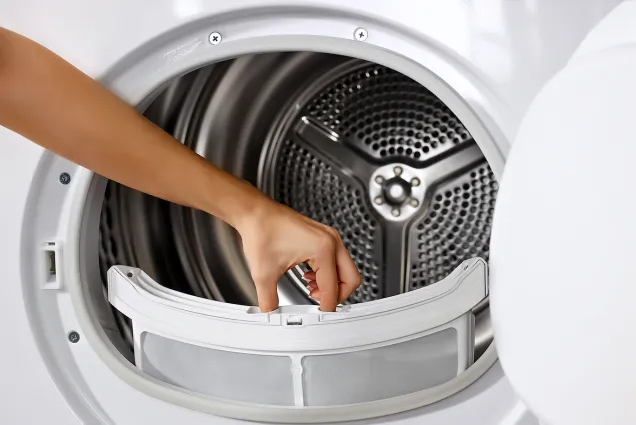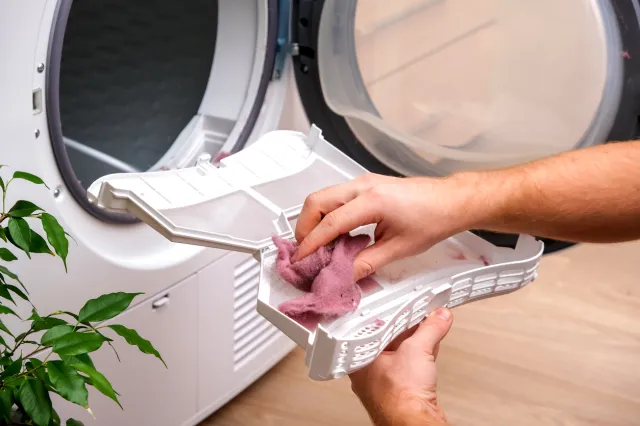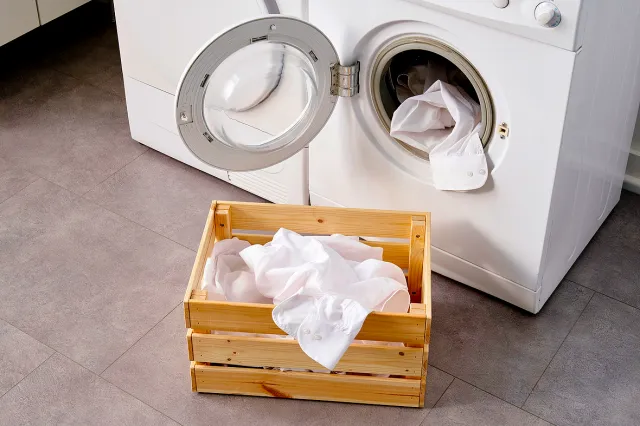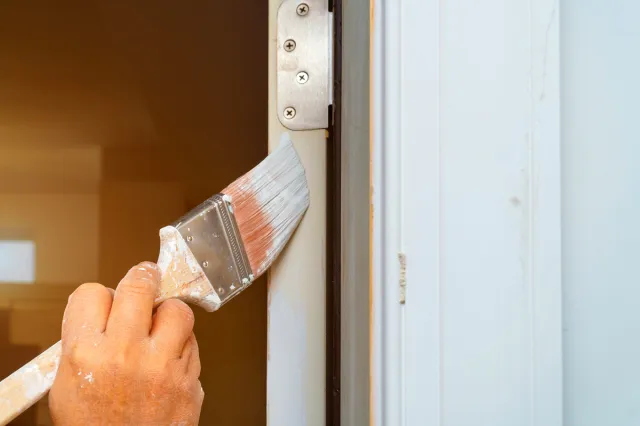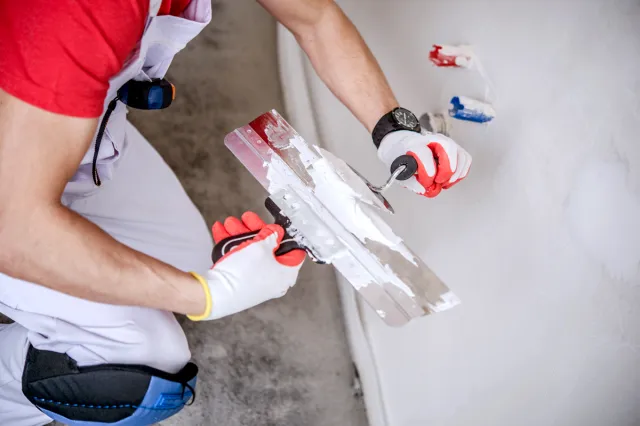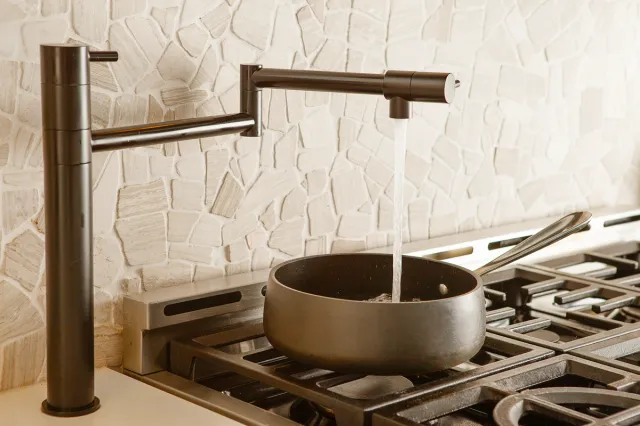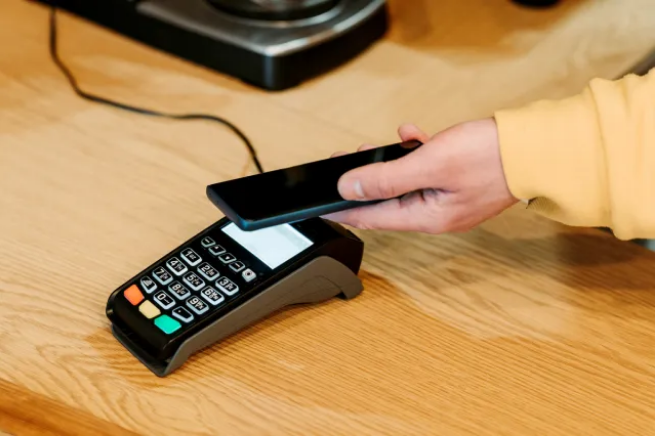
Who wants to be stuck indoors once warm weather arrives? (Not us!) If your home’s exterior and lawn feel a little more “stay away” than “relax all day,” you might find yourself indoors more than you’d like. Of course, the obvious solution is to take on a wheelbarrow full of landscaping projects to make your yard or patio feel more welcoming — but who wants to spend all weekend on yard work? (Again, not us!) Fortunately, there are several ways you can add some pizzazz to your home’s exterior with minimal effort.
All featured products and deals are selected independently and objectively by the author. Better Report may receive a share of sales via affiliate links in content.
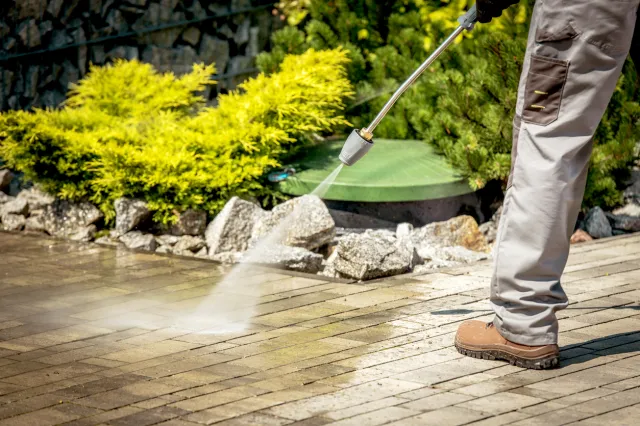
Credit: welcomia/ iStock
Powerwash Your Driveway and Walkways
Power washing videos are popular on YouTube for a reason: The simple sense of satisfaction that comes with seeing years of dirt and grime removed in seconds. Experts recommend power washing your driveway and walkways once per year to get that sparkling clean look. Hire this role or buy your own powerwasher and add this to your annual clean.
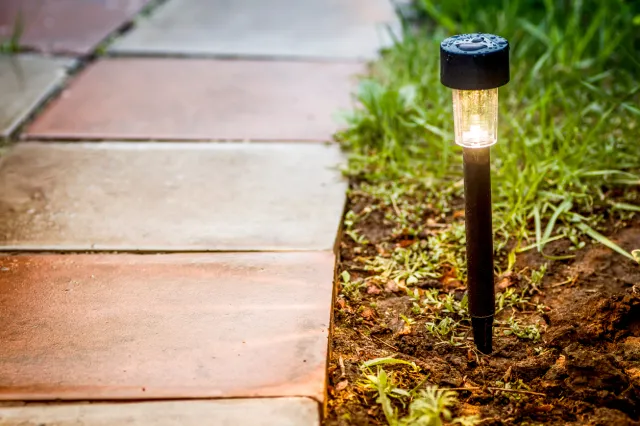
Credit: SVproduction/ iStock
Add Path Lighting
Adding solar lights to your walkways and outdoor steps will create a soft, welcoming vibe — and (bonus!) help prevent stumbles and falls in the dark. DarkSky International, a nonprofit that works to minimize light pollution, recommends using warm-colored bulbs angled downward for the best effect.

Plant Perennials
Not every homeowner has a green thumb, but with this gardening trick, you’ll never have to admit to being a plant killer. When shopping for outdoor plants, buy perennials. These plants return on their own each spring and grow larger yearly, filling larger garden spaces with less work from you.

Credit: AJ_Watt/ iStock
Select Native Plants
Don’t forget to read that handy plant info tag to see if your garden store selections are native species. These plants are already adapted to your region, meaning they can survive with less care, and some even thrive with neglect. Native plants require less water, fertilizer, and pesticides, knocking a long list of garden tasks off your checklist.

Credit: Larisa Stefanuyk/ iStock
Mulch Your Garden and Trees
A fresh layer of mulch in garden beds and around shrubs and trees adds a crisp landscaping look and helps keep weeds at bay. How you lay the mulch around trees is important: Most arborists recommend spreading mulch in a doughnut shape about 2 to 4 inches deep at the tree’s base instead of a mounded volcano look, which can cause root rot and allow bugs to move in.

Credit: Goodboy Picture Company/ iStock
Install a New Mailbox
While mailboxes can last up to 20 years, the average letter receptacle starts failing around the 10-year mark. Upgrading from a rusty, leaky box to a new model can improve your home’s curb appeal and your letter carrier’s mood (there’s a reason the USPS holds a weeklong “mailbox improvement week” each May).

Credit: Peter Carruthers/ iStock
Tack Up New House Numbers
Out with those old, illegible house numbers. Upgrading to a new set of numerals can give your home a more current look. And while you’re at it, give the numbers painted on the curb a touch-up. Your pizza delivery driver will thank you.

Credit: Randy Amor/ iStock
Hang a Birdhouse
Birdwatching from your front porch or window isn’t just a hobby — studies find it’s a known stress reliever. Adding birdhouses can attract natural beauty to your yard and create entertainment. Plus, common birds such as cardinals, house sparrows, and barn swallows eat mosquitoes, making your patio more comfortable all summer.
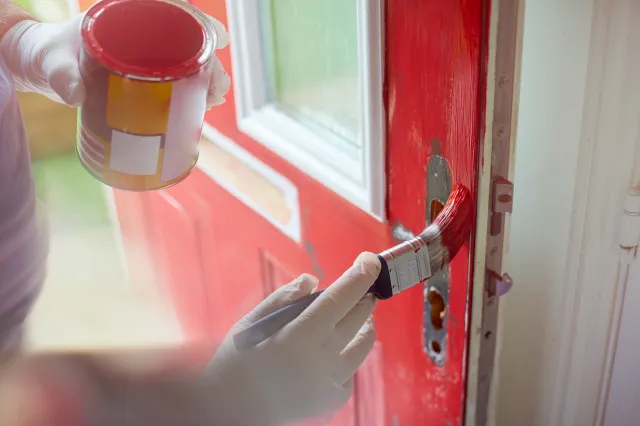
Credit: MartinPrescott/ iStock
Add Color to Your Porch
A pop of color at your home’s entry can give it an entirely different look. Achieve the look by selecting a bold doormat, brightly colored furniture, or painting your front door. Unsure about a long-term commitment? Even a planter of flowers situated near your entryway can have the same effect.

Credit: biglanphoto/ iStock
Personalize With Garden Art
We’re not saying you should add a flock of plastic pink flamingos to your front yard (but we won’t judge if you do) or adopt the classic Midwestern porch goose (though it can be decorated for every holiday). But adding an enjoyable visual element like a sculpture, water feature, or arbor can give your yard an attractive focal point that reflects your interests and personal style… even if it’s a decorative waterfowl.
Featured Image Credit: Randy Amor/ iStock
702 total views, 1 views today



